From the ancient to modern times some historical facts about the forming of the Wudang Mountains culture are presented here.
From the late Han Dynasty to the Tang Dynasty the Wudang Mountains was a haven for those who sought immortality. During the Tang Dynasty (627-649 a.d.) Yao Jian – emperor’s military commissioner – was sent to the Wudang Mountains to pray for rain and he initiated to build the very famous “Five Dragon Temple”. Since the Tang Dynasty Wudang Mountain has been valued by its emperors of all later dynasties and the title Wudang has made it a lofty and prestigious place. During the Yuan dynasty this area was sealed as the “Wudang Blessed Land” by its emperor Yuan Chengzong (Timur Khan) and from that time Wudang got its own official approved religion. Wudang Mountains were regarded as the supreme “Royal Family Temple” and its special status was recognized by the world and listed as the supreme mountain of Taoism. In the 31st year of emperor Jiajing reign (Ming Dynasty 1552) a servant of the Ministry of Industry was ordered to rebuild the view of the Wudang Mountain Palace.
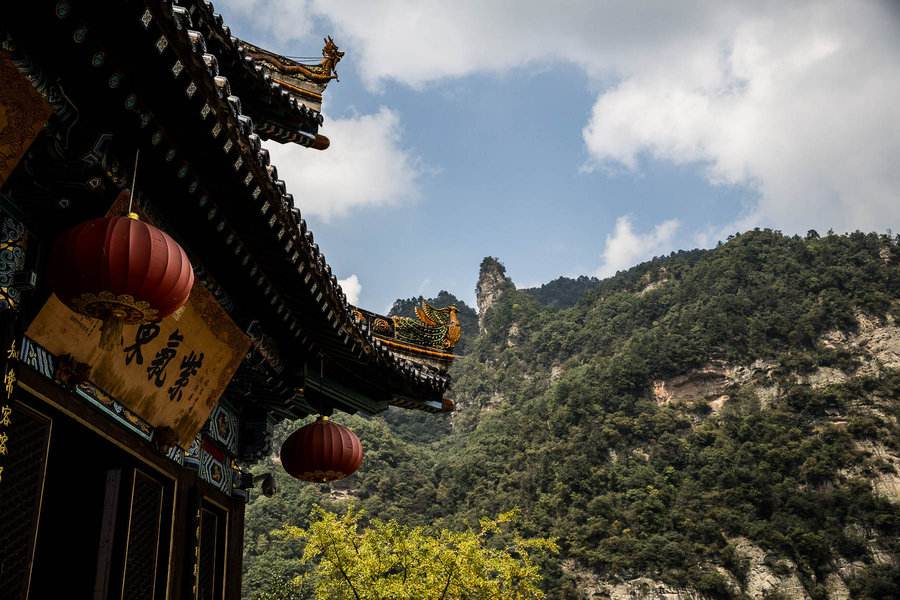
Before the communists came to the Chinese government, the Wudang Mountains was a highly regarded place by all civil and emperors.
When Mao Zedong came with his communists and made a “Cultural Revolution” in 1966-1976 all ancient writings and sacred books of Taoist were burned, temples destroyed and monks sent to labor camps. The first temple after entering the Wudang gate serves as a proof of these cruel deeds, till now the Hui Long Guan – Returning Dragon Temple. This temple was not reconstructed after communists came and destroyed it, till nowadays you can see pitch black burned beams from the former roof, now you can only guess what it looked like back then.
The comeback of the Wudang culture:
1956: Whole Wudang Mountains with its temples and buildings were set by the Hubei Province as a key cultural relics protection unit.
1961: The Golden Temple was listed as a national key cultural relics protection unit.
February 22, 1982: Zixiao Palace was listed as a national key cultural relics protection unit.
1983: The State Council listed Wudang Mountain Taihe Palace and Zixiao Palace as the key religious activity venues in the country.
December 15, 1996: Nanyan Palace was listed as a national key cultural relics protection unit.
December 17, 1994: The “Wudang Mountain Ancient Building Complex” was included in the “World Cultural Heritage List” by the United Nations.
July 2001: The Yuxu Palace was listed as a national key cultural relics protection unit.
May 2007: Wudang Mountain Yuxu Palace repair project was started.
July 25, 2012: The Wulong Palace Scenic Area was officially put into development and construction.
On September 27, 2012: The renovation of the Yuxu Palace in Wudang Mountain was completed – I personally could smell the freshly painted color on the wooden roofs.

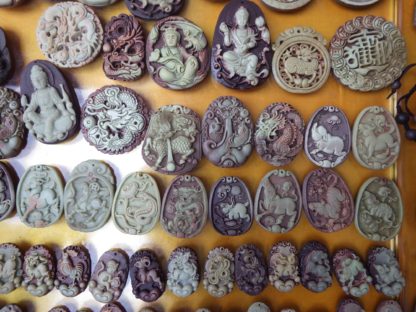
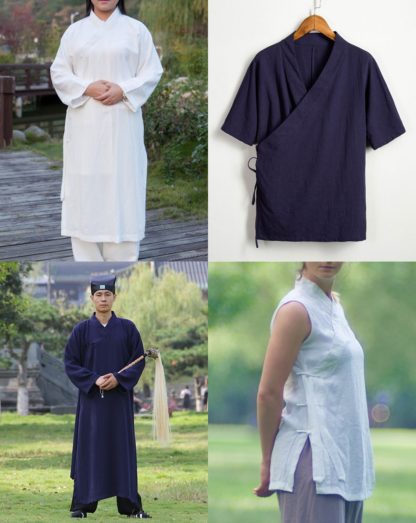

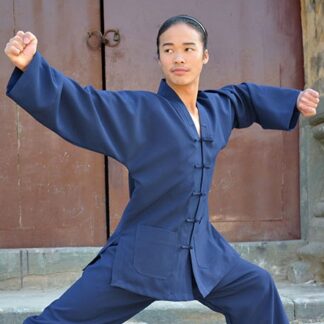


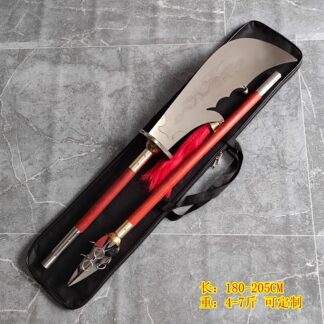

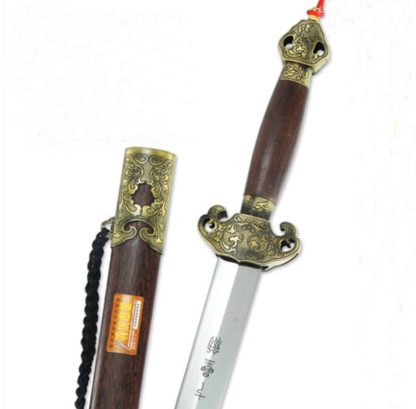
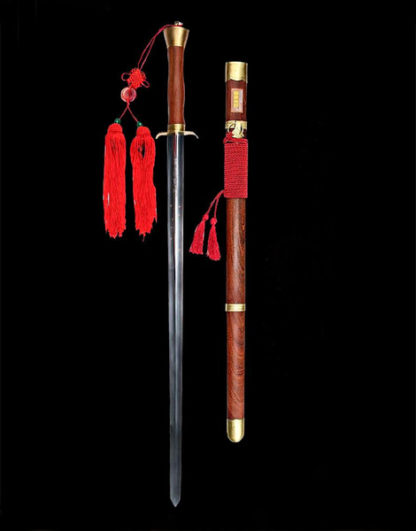
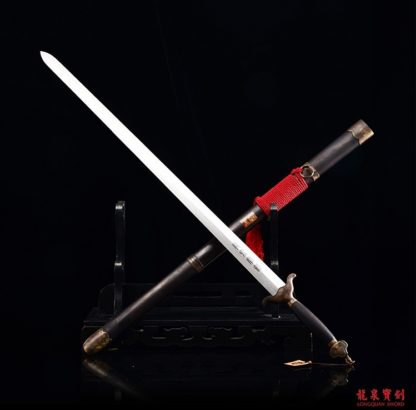



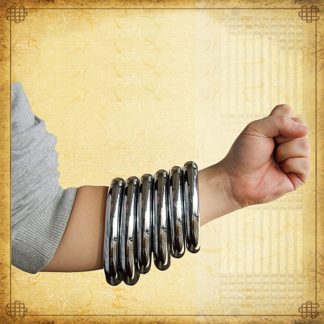
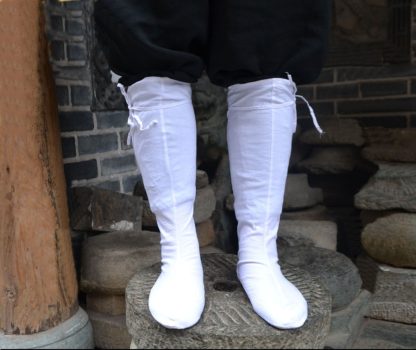

You must be logged in to post a comment.